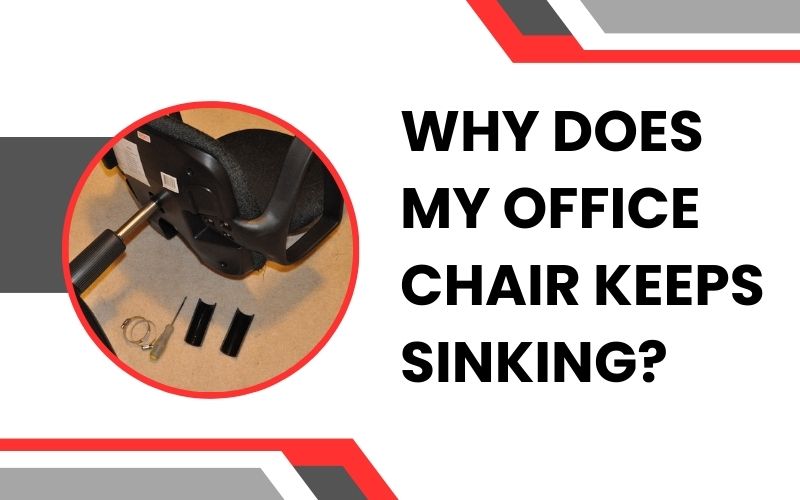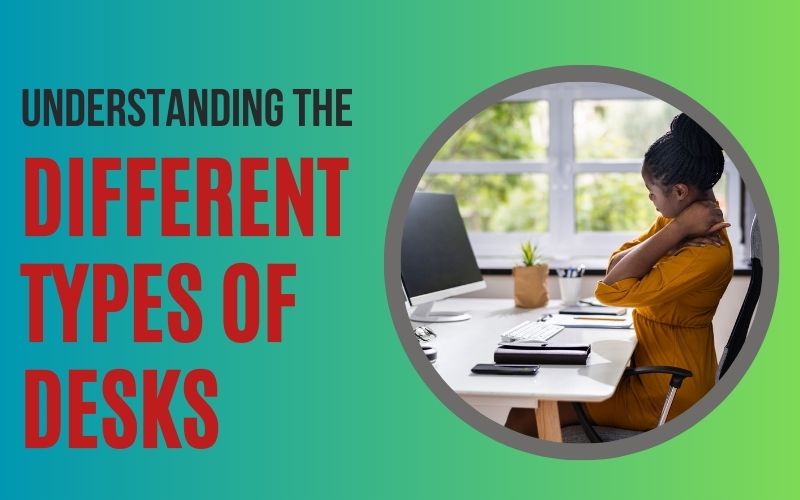Ever sat down in your office chair only to find yourself slowly sinking to the floor? It’s frustrating, right? You adjust the height, and a few minutes later, you’re back to square one. If you’re wondering, “why does my chair keep going down?” you’re not alone. Many people experience this issue, and it’s essential to address it to maintain productivity and comfort.

Understanding the Problem
So, what’s the deal with your chair sinking? When your chair loses height, it’s usually due to problems with the chair’s hydraulic system, wear and tear, or specific usage habits. Let’s dive deeper into these common causes.
Why Does My Chair Keep Going Down?
Hydraulic System Issues
Hydraulic chairs, also known as gas lift chairs, operate using a pneumatic cylinder filled with gas. This cylinder allows you to adjust the chair’s height smoothly. However, over time, the seal inside the cylinder can wear out, causing gas to escape and the chair to lose its ability to stay up.
Wear and Tear
Just like any other piece of furniture, office chairs undergo wear and tear. Prolonged use can lead to worn-out components, including the gas cylinder and other internal mechanisms. Identifying these worn-out parts is crucial to fixing the problem.
User Weight and Usage Habits
Your weight and how you use the chair can also impact its performance. Chairs have weight limits, and consistently exceeding these limits can strain the hydraulic system, leading to a sinking chair. Additionally, improper usage, such as constantly adjusting the height or sitting with excessive force, can accelerate wear and tear.
My Office Chair Keeps Sinking: Common Causes
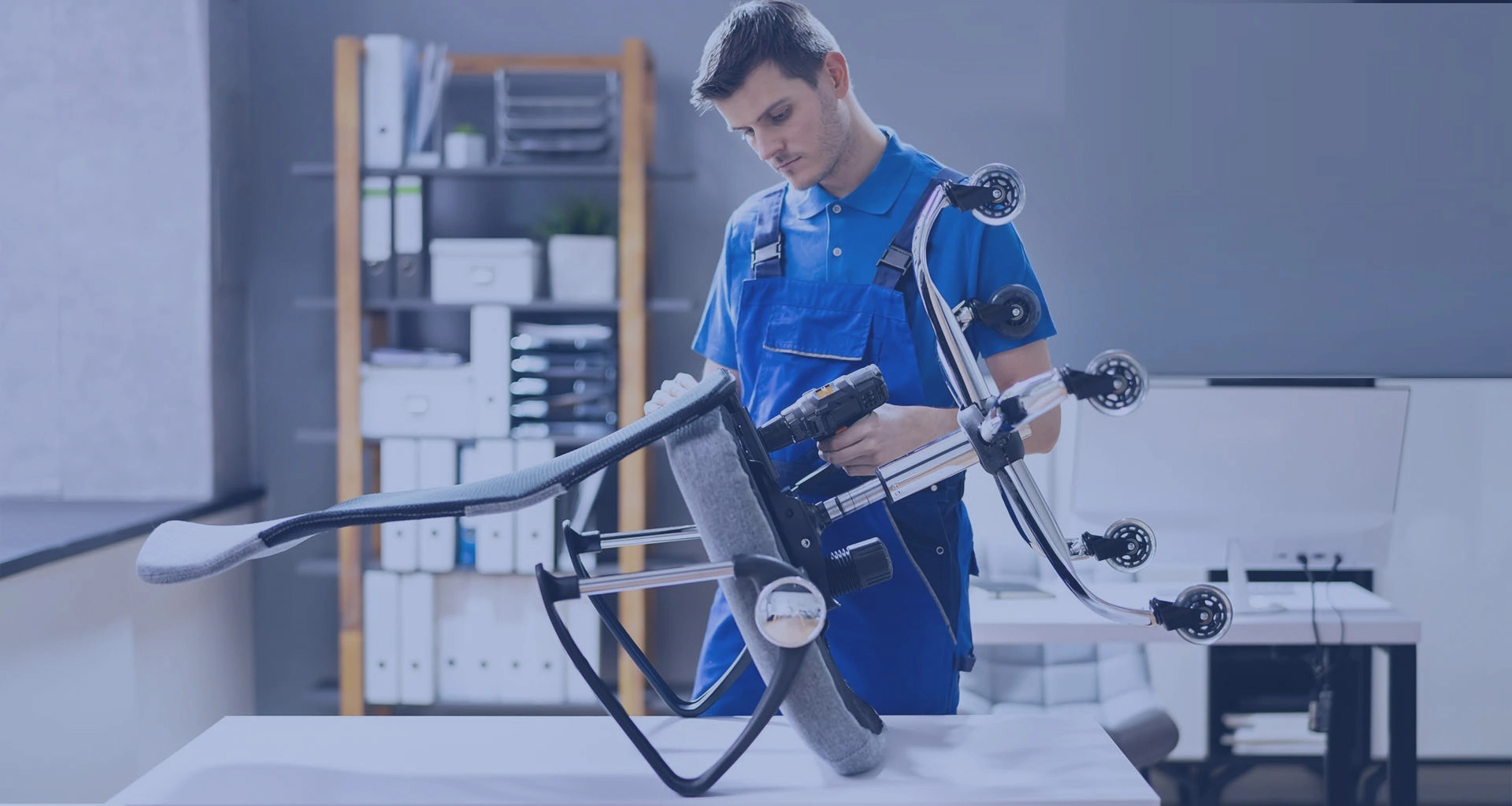
Faulty Gas Cylinder
The gas cylinder is often the main culprit when your chair keeps sinking. This cylinder controls the chair’s height adjustment mechanism. When it becomes faulty, it can’t hold the chair at the desired height. Symptoms of a faulty gas cylinder include the chair slowly sinking after adjustment and a noticeable lack of resistance when adjusting the height. So make sure first you know how to fix squeaky office chair and then you work on different thinks.
Loose Components
Loose components, such as screws or bolts, can also cause instability and sinking. Over time, these parts can loosen, affecting the chair’s overall stability and height retention.
Office Chair Keeps Sinking Fix: Step-by-Step Solutions
Checking for Loose Components
Start by inspecting your chair for any loose components. Tighten all screws and bolts to ensure everything is secure. You’ll need a screwdriver and possibly an Allen wrench for this task.
Replacing the Gas Cylinder
If tightening loose components doesn’t solve the issue, you might need to replace the gas cylinder. Here’s a step-by-step guide:
- Remove the old cylinder: Turn the chair upside down and remove the retaining clip at the base.
- Detach the cylinder: Carefully pull the cylinder out of its socket.
- Install the new cylinder: Insert the new cylinder into the socket and secure it with the retaining clip.
- Test the chair: Adjust the height to ensure the new cylinder is functioning correctly.
You can purchase replacement cylinders online or at office supply stores.
Temporary Fixes
If you’re not ready to replace the cylinder, try using a hose clamp. Wrap the clamp around the chair’s piston, tightening it to hold the chair at your desired height. This is a temporary solution and might not be aesthetically pleasing, but it can work in a pinch.
Preventing Your Chair from Sinking
Regular Maintenance
Regular maintenance is key to preventing your chair from sinking. Perform periodic checks to ensure all components are secure and in good condition. Lubricate moving parts to reduce friction and wear.
Proper Usage
Adopt proper usage habits to extend your chair’s lifespan. Avoid exceeding the weight limit and refrain from making constant height adjustments. Sitting correctly can also help maintain the chair’s mechanisms.
How to Stop Chair from Sinking: DIY Solutions

Hose Clamp Method
The hose clamp method is a popular DIY solution. Here’s how to do it:
- Purchase a hose clamp: Ensure it’s the correct size for your chair’s piston.
- Wrap the clamp around the piston: Position it at the height you want to maintain.
- Tighten the clamp: Use a screwdriver to tighten it, securing the chair’s height.
Pros: It’s a quick and affordable fix. Cons: It’s not a permanent solution and might not look great.
PVC Pipe Solution
Another DIY method involves using a PVC pipe:
- Measure the chair’s piston: Determine the correct diameter and length of the PVC pipe.
- Cut the pipe: Cut it to the desired height.
- Fit the pipe around the piston: Slide the pipe over the piston to maintain the height.
Pros: It’s more stable than a hose clamp. Cons: It requires more effort and precision.
When to Seek Professional Help
If DIY fixes don’t work or you’re unsure about performing repairs yourself, it might be time to seek professional help. A professional can diagnose the issue accurately and provide a long-term solution. Benefits of professional repair include expertise, proper tools, and guaranteed results.
Buying a New Chair: What to Look For
Key Features
When purchasing a new chair, consider the following features:
- Good hydraulic system: Ensure the chair has a robust and reliable hydraulic system.
- Durability: Look for chairs made from high-quality materials.
- Comfort: Choose a chair with ergonomic features for better support and comfort.
Top Brands and Models
Some recommended brands known for their quality office chairs include Herman Miller, Steelcase, and HON. Popular models such as the Herman Miller Aeron and Steelcase Leap are praised for their durability and comfort.
Conclusion
Dealing with a sinking office chair can be frustrating, but understanding the causes and knowing how to fix them can help you maintain a comfortable and productive workspace. Whether you opt for a DIY solution or seek professional help, addressing the issue promptly can save you from ongoing discomfort.
Frequently Asked Questions (FAQs)
Q.1 How often should I check my office chair for maintenance?
It’s advisable to check your office chair for maintenance every six months to ensure all components are in good condition.
Q.2 Can I fix a sinking chair myself?
Yes, many fixes, such as tightening loose components or replacing the gas cylinder, can be done yourself with the right tools and instructions.
Q.3 How much does it cost to replace a gas cylinder?
The cost of replacing a gas cylinder typically ranges from $20 to $50, depending on the chair model and cylinder quality.
Q.4 Are there any permanent fixes for a sinking chair?
Replacing the gas cylinder is a permanent fix. DIY solutions like hose clamps or PVC pipes are temporary and might need periodic adjustments.
Q.5 What should I look for in a new office chair?
Look for a chair with a reliable hydraulic system, durable materials, and ergonomic features for comfort and support.

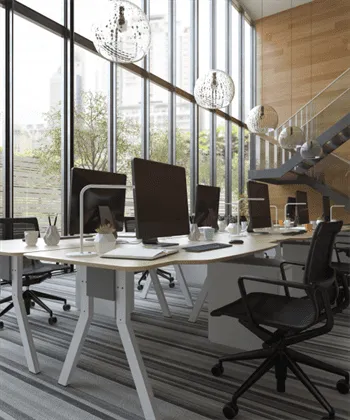 Workstations
Workstations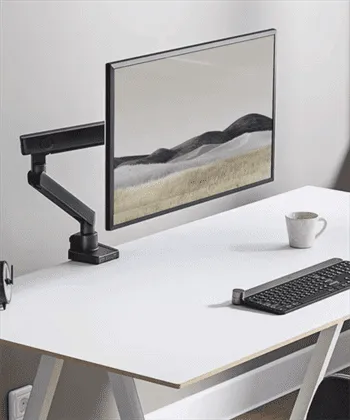 Monitor Arms
Monitor Arms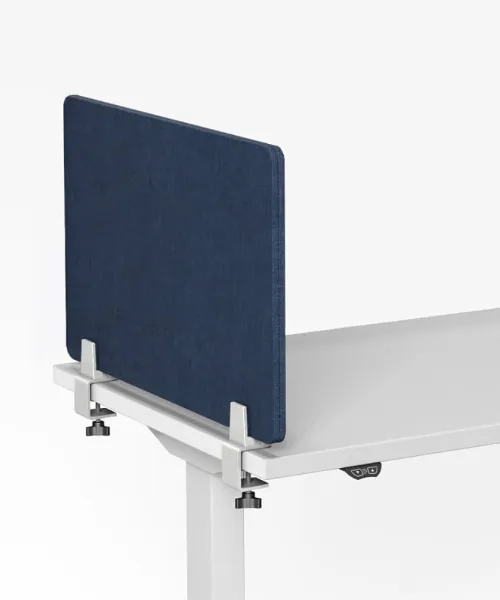 Dividers
Dividers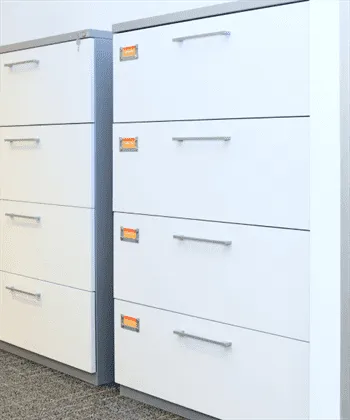 Storage
Storage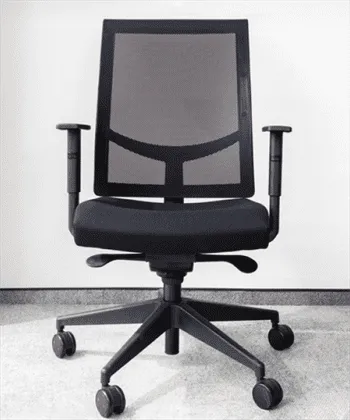 Seatings
Seatings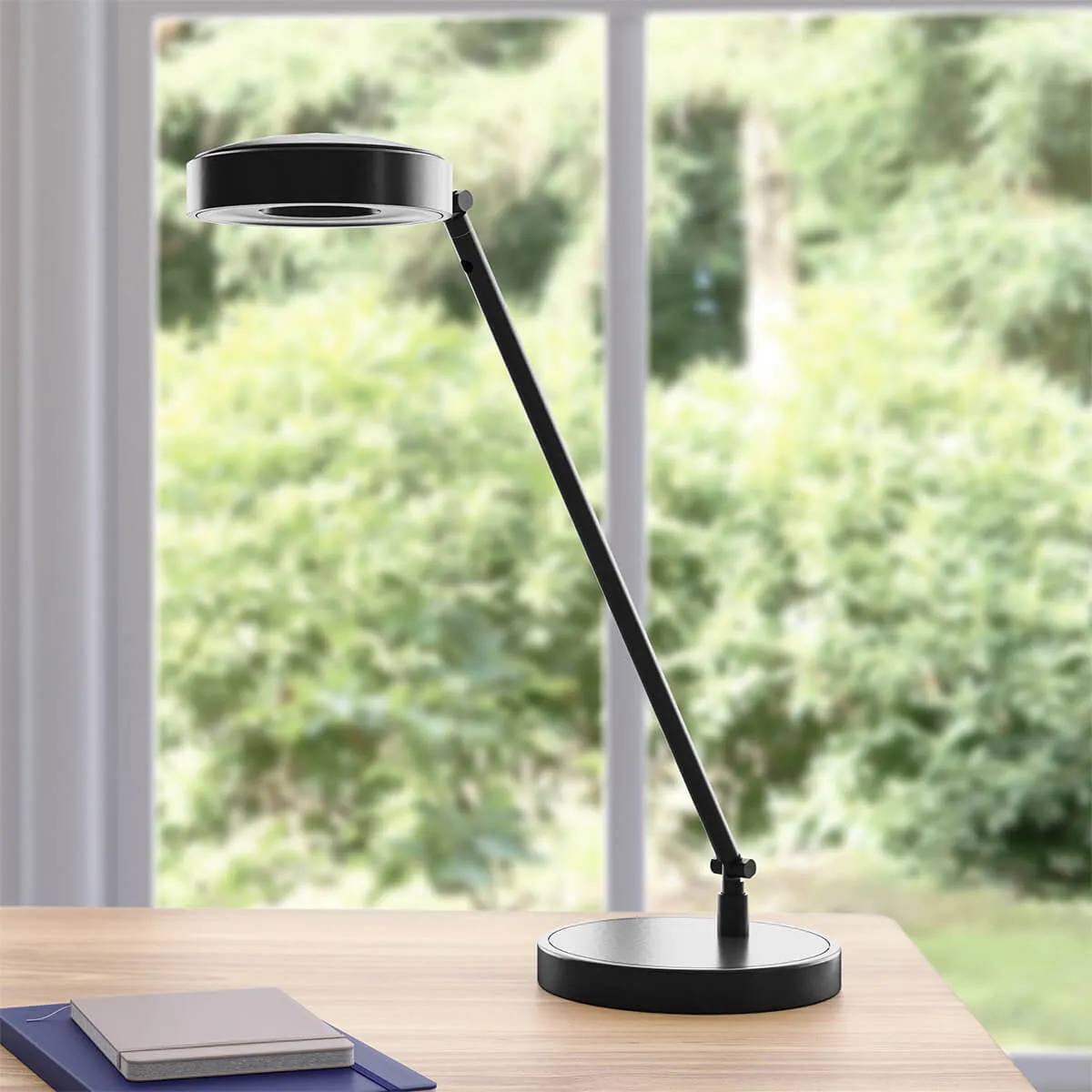 Accessories
Accessories
